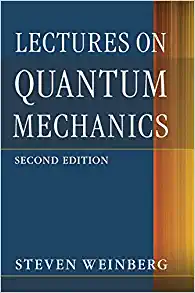Answered step by step
Verified Expert Solution
Question
1 Approved Answer
I have no idea how to even start this. Problem 4 We have mentioned stationary states, which are states where the probability distribution does not
I have no idea how to even start this.

Step by Step Solution
There are 3 Steps involved in it
Step: 1

Get Instant Access to Expert-Tailored Solutions
See step-by-step solutions with expert insights and AI powered tools for academic success
Step: 2

Step: 3

Ace Your Homework with AI
Get the answers you need in no time with our AI-driven, step-by-step assistance
Get Started


